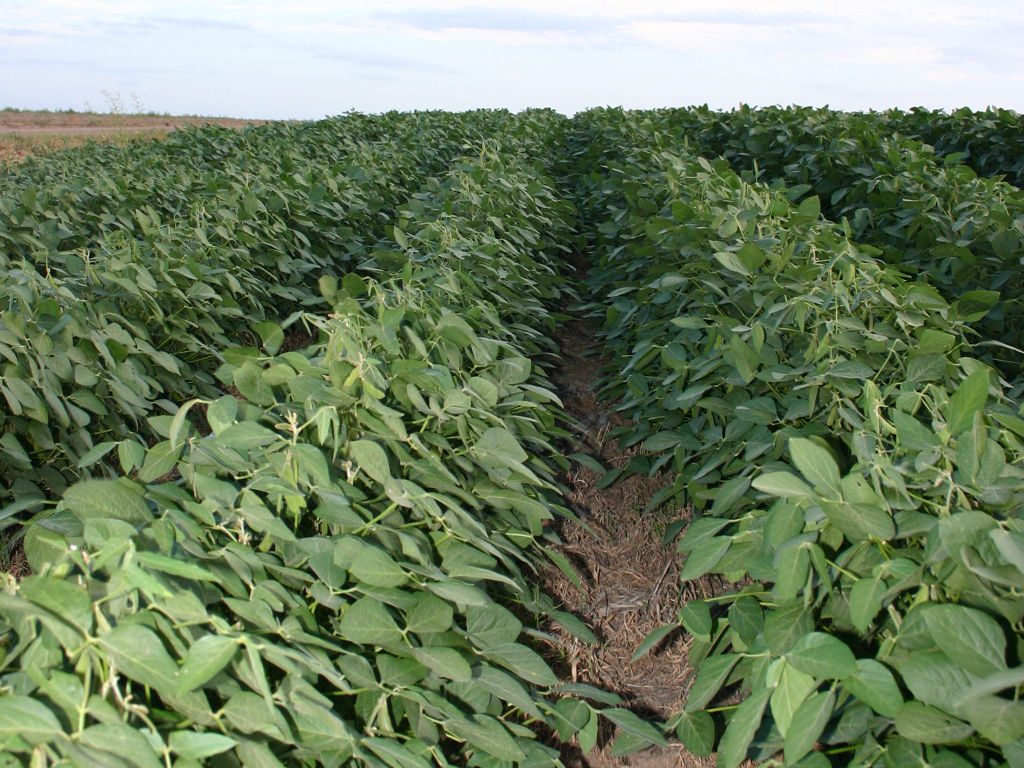Reflecting upon the past couple of years, soybean futures prices have come down from the lofty $17 a bushel price point which occurred after the 2022 Russian invasion of Ukraine, with prices now hovering near the $13 a bushel price level.
What’s happened
In 2022, global demand for soybeans, soymeal, and soy oil was fantastic. Once the war began, the world became concerned that the supplies of soybeans and sunflower oil from the Black Sea region would be at peril, spurring soybean prices higher. Would there be enough global supply to meet demand?

In 2023, global demand for soybeans, soymeal and soy oil remains strong. However, even though various soybean growing regions of the world did not see full record soybean production in 2023—Argentina and the United States—soybean prices have slid lower.
The reason soybean prices have eased lower from the 2022 price peak is because grain is being grown and exported throughout the Black Sea region even though the war continues. Also, in 2023, Brazil grew a record large soybean crop, which was quickly exported across the world.
And while the global supply picture of soybeans remains sufficient for now, with global ending stocks slowly trending higher, the ending stocks picture in the U.S. tells a very different story of tight supplies.
From a marketing perspective
On the supply side, the October 2023 U.S. Department of Agriculture report suggested that for the 2023-24 crop year, there were 4.104 billion bushels of soybeans grown in this country. That was down from 4.27 billion bushels in 2022-23, and down from 4.465 billion bushels in 2021-22.
On the demand side, nearly half of the soybeans we grow are exported, and the other half are used for soybean crushing. Specifically, 1.755 billion bushels are slated for export demand while 2.3 billion bushels are to be used for crush. The result is that ending stocks are pegged at a very low 220 million bushels, which is down from 268 million bushels in 2022-23 and down from 274 million bushels in 2021-22.
Digging further into the demand story, the reality is that the U.S. has lost some soybean export demand to a very competitive Brazil. Just one year ago, the USDA pegged U.S. soybean export demand closer to 2 billion bushels versus 1.775 billion bushels today.
However, the soybean demand that continues to grow is thanks to the strong crush industry in the U.S. According to the American Soybean Association in November 2022, “It is estimated that there are 60 soy crush plants currently operating in the United States. These 60 plants can use around 2.2 billion bushels per year … To date, there have been announcements for 23 plant expansions, which would add about 750 million bushels per year in crush capacity … Of the 23 crush plant announcements, 13 are for new plants and 10 are for expansion of current plants, at least two of which have been completed.”
Take note, one year ago those 60 soybean crush facilities were using approximately 2.2 billion bushels of soybeans annually, and just in one year, thanks to stronger demand and additional facilities coming online, soybean use for crush demand has increased to 2.3 billion bushels as of the October 2023 World Agricultural Supply and Demand Estimates report.
Looking ahead, the 23 plant expansions, which will add about 750 million bushels per year in crush capacity, are expected to be completed between now and 2025.
Now, here is some very simple math: to gain an additional 750 million bushels of soybean production, American farmers would have to plant an additional 14 million acres of soybeans, assuming 53.5 bushels per acre nationwide yield. According to the most recent USDA report, U.S. farmers planted 83.6 million acres of soybeans in the spring of 2023, with yield estimated at 49.6 bushels per acre. This is a friendly demand story for soybeans.
Prepare yourself
Due to the overall strong demand for soybeans, the market may be sensitive to any perceived disruptions in global supply. Therefore, weather forecasts in South America in the coming weeks and months will be scrutinized. If there are signs of less than perfect weather for either Brazil or Argentina, soybean futures price will likely respond with higher price values.
On the demand side, the traders will be eagerly watching weekly export sales reports, not only looking at the export demand of soybeans, but also soybean meal and soybean oil. Monthly soybean crush reports will also be looked at with great detail to see how the crush numbers fare from month to month.
In the weeks and months ahead, there will likely be plenty of price gyrations for soybean prices. There will likely be moments to capture various pricing opportunities and also manage risk. Get your marketing plans ready and be prepared for any price scenario to unfold.
If you have questions, you can reach Naomi at [email protected] or find her on twitter @naomiblohm.
Futures and options trading involve significant risk of loss and may not be suitable for everyone. Carefully consider whether such trading is suitable for you in light of your financial condition. Total Farm Marketing refers to Stewart-Peterson Group Inc., Stewart-Peterson Inc., and SP Risk Services LLC. Stewart-Peterson Group Inc. is registered with the Commodity Futures Trading Commission as an introducing broker and is a member of National Futures Association. Stewart-Peterson Inc. is a publishing company. SP Risk Services LLC is an insurance agency and an equal opportunity provider. A customer may have relationships with any of the three companies.



